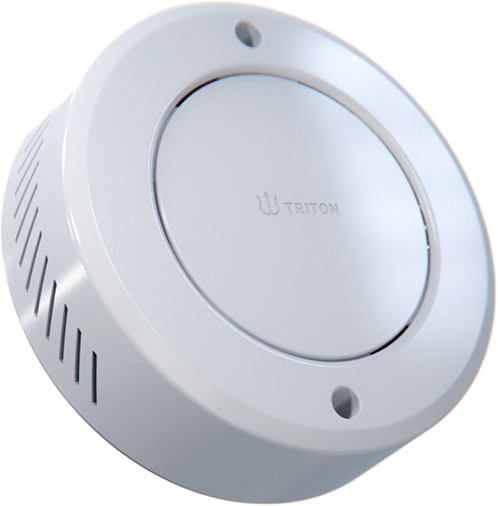The vaporization of schools was not a problem just a few years in the past. In between classes, students would slip into the bathroom where nicotine vapors flavored with THC and flavor were undetectable. Teachers and administrators felt powerless until districts began turning to a new line of defense: the vape detector.

Today, schools across the country report major successes that illustrate how technology can change the issue of vaping.
A Case Study: Cutting Vaping by 83% in 10 weeks
Luling Independent Schools District faced an issue with vaping. Despite repeated warnings, and more stringent policies, students continued to vape in locker and bathroom rooms. Smoke alarms aren’t useful for vapor, and staff cannot be everywhere at once.
The city tested various vape detection devices in March. The results were shocking. The number of incidents of vaping slowed significantly in five weeks. In the span of ten weeks the rate of vaping had plummeted by 83%.
The success of administrators exceeded the numbers. Teachers reported less disruptions and students understood that vaping wouldn’t be ignored.
The Match Charter School Experiences Are Similar Results
Match Charter Schools is another effective instance. They had to fight back against smoking in high and middle schools. When they put up a set of vape smoke detectors in August, their impact was instantaneous.
In December, just 4 months following the initial report, the administrators announced an reduction of 80% in vaping-related incidents. Parents were elated at the school for taking concrete actions to safeguard children. Teachers also reported less hallway loitering and bathroom congestion.
The two districts above represent the growing trend schools that have implemented vape detection have seen tangible improvement in their behavior and overall safety.
What are the factors that make vape detectors successful?
This technology is the main reason for this success. Modern vape detectors are more than simply detect vapour. They also monitor conditions of the air, including occupancy levels, as well as send staff members real-time alerts. Administrators do not have to rely upon guesswork or reports that are made up of data that was gathered after the fact.
Even more important is that detectors are made with security in mind. No cameras. No audio recording. There is no audio recording. All you need is instant, precise data to assist schools to take action quickly without infringement of student rights.
The combination of effectiveness cost, compliance and efficiency makes vape detectors the best efficient safety tool that schools can implement today.
The Safety Net Expands Beyond Vaping
Many administrators are aware detectors aren’t only for vaping prevention. The most recent systems can detect loud sounds, keywords that can be linked to vandalism or emergencies.
For example, if a group of students is seen loitering around bathrooms, the detector can flag the high occupancy. If someone shouts a distress keyword like “help,” staff can be notified immediately. This is how school vape detectors become part of a larger security plan that addresses both health hazards and the possibility of violence.
Boards and parents are supportive of Vape Detectors
Transparency provides credibility that is often ignored. Schools that use detectors can produce reports that clearly show the current trends in smoking. These reports are then distributed to parents, school boards and the public to prove that concrete steps were taken.
Parents are particularly responsive to the tangible outcomes. Vape smoke detectors aren’t just being used to catch students, they’re also safeguarding their health. They are a strong reminder that smoking vape isn’t allowed at schools.
The Takeaway The Takeaway: A Proven Path for the Future
A few years ago, vaping was like a war invisible to schools were unable to take on. However, cases from districts across the country prove contrary. By using a Vape Detector administrators can identify incidents quickly and discourage dangerous behavior and create a safer learning environment for students.
Vaping is still a concern, but it is changing. Schools that invest in vape detection technology aren’t simply reacting to the issue they’re setting the way to a healthier future for their students.
Conclusion
Technology is transforming schools from Texas from Texas to Massachusetts. Modern vape detectors do more than sound an alarm it reshapes behavior and builds trust. It can provide a lasting solution to one of the most pressing problems for health of students. Vape detectors are now common in every school district that cares about safety.